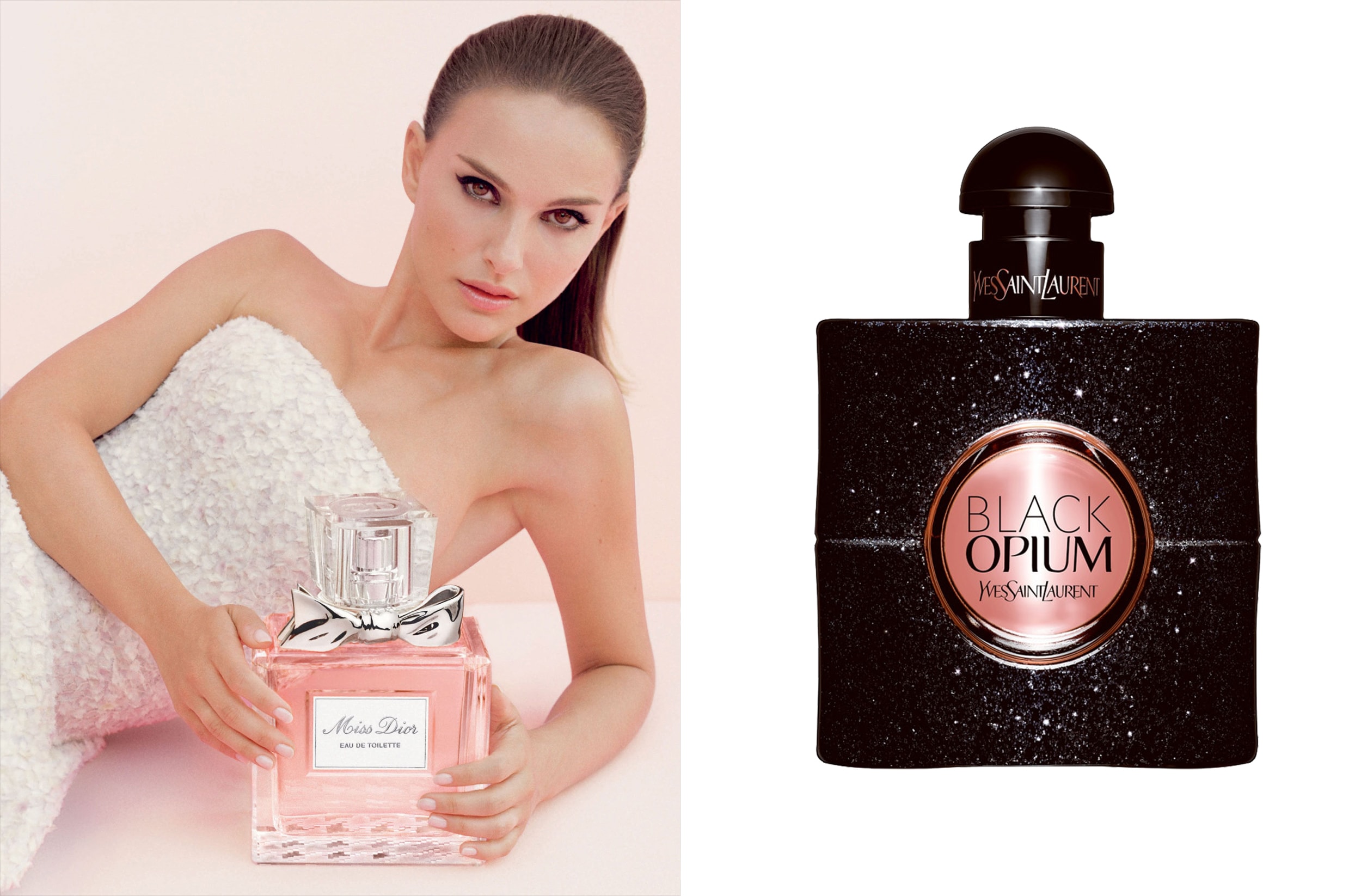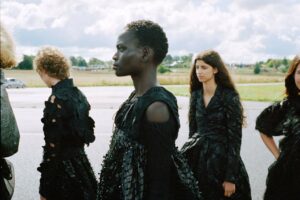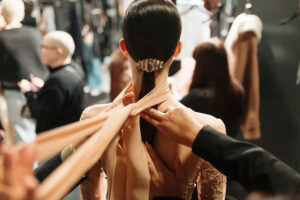“It is the basic, unforgettable, unseen fashion accessory, the one that heralds your arrival and prolongs your departure.”
This is how the designer who, more than anyone else, made her perfume a symbol and a worldwide success, said of a fragrance: in fact, we all know Madame Coco Chanel‘s iconic N°5 perfume, but there are other fragrances that have made the hearts of people all over the world and of different generations beat faster, leading them to discover creative and mysterious scenarios, just like their essence.
After all, just like fashion, fragrances are able to provoke different emotions and memories; just think that they are composed of three parts: head, heart, and base. When we smell a fragrance, the first notes we smell are those of the head: light but impactful, they are the ones which give the first impression, and make us immediately recognize which essence we are referring to, just like a talented stylist, when at their fashion show the smallest details of a location are enough to understand who they are even before the event begins. Then come the heart notes, the ones that act as a link and last the longest, and which can be associated with the moment of the actual show, when the garments walk down the catwalk. Finally, there is the base, incisive and perceptible on the skin in a different way from person to person, like the cultural baggage that each of us carries with them in a unique way, and that inspires the designer in giving life to a collection.
From the early 1900s to today, most perfumes are produced by companies in the fashion industry and, associating a certain fragrance to a philosophy of life or a collection, they can only strengthen the relationship with the customer, who will feel even more part of that world. In this article, we’re going to discover together 5 fragrances that have made the history of the brands they represent, making them even more iconic.
Rosine by Paul Poiret
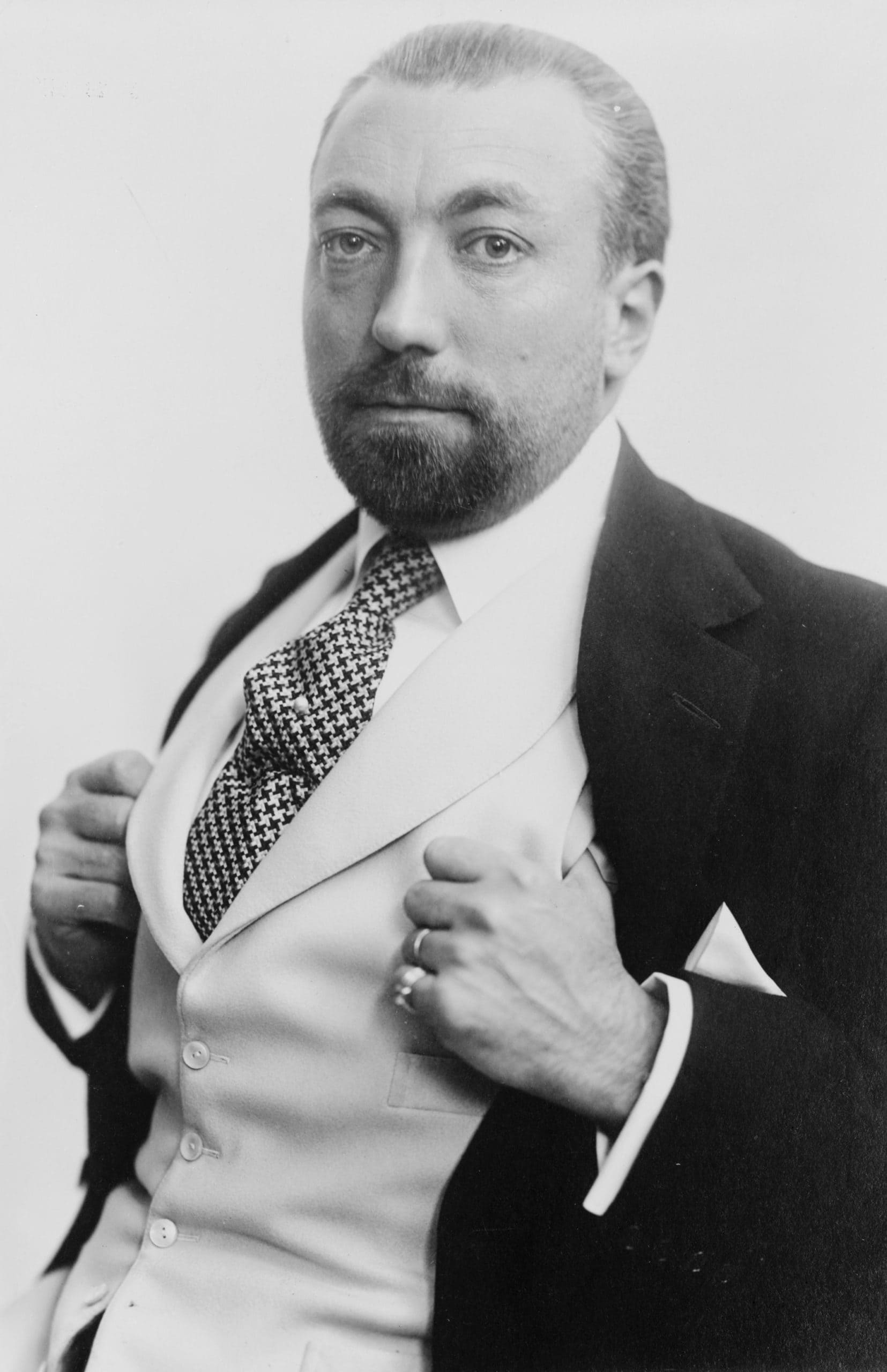
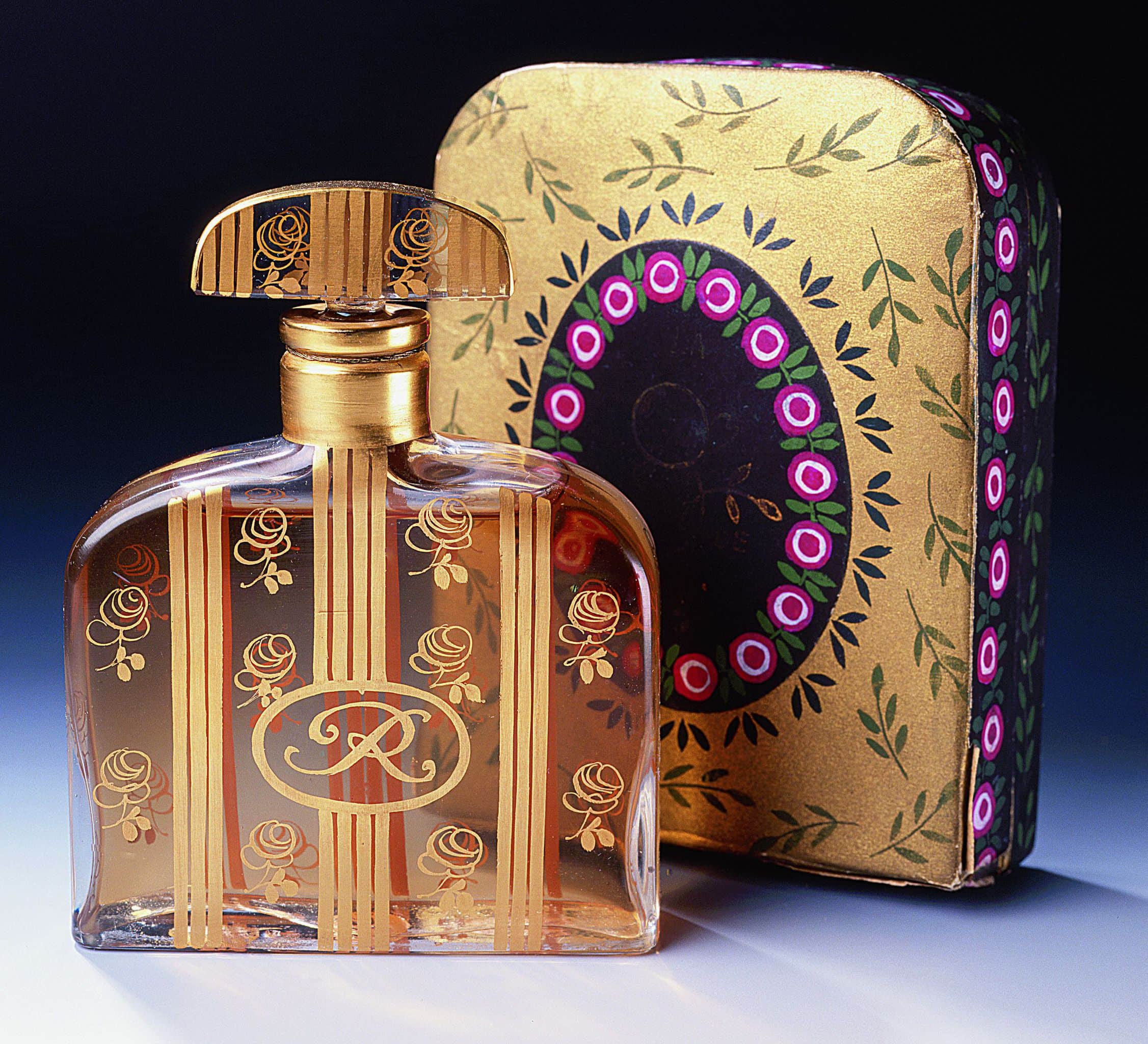
We have often mentioned Paul Poiret, the one we could define as the first “modern” designer, the first stylist as we understand this role today. And, living up to his “primacy“, he was the first to create a bridge between the world of fashion and the production of fragrances, indissolubly linking them. Poiret had always loved perfumes and, in his hands, the most disparate essences were mixed to create fragrances that were always different. The stylist, therefore, decided to bring this passion into his work and, many of his perfumes were often used in his salons: entering them, clients would have the perception of having been catapulted into a place of its own, full of beauty and mystery. Moreover, he used to give his creations to his clients, who, very soon, wanted personalized fragrances.
He, therefore, decided to start his own perfume factory, Les Parfums de Rosine, dedicated to his eldest daughter Rosine and inaugurated in 1911, which produced cosmetic and toiletry accessories as well as the fragrances of the Rosine Line. The products, such as powders, mascaras, creams, and obviously perfumes, were inspired by the essences of flowers but also by the more exotic and oriental ones, just like the garments he created; moreover, the designer personally took care of the packaging. As it happens today, the line was inaugurated with an unforgettable “marketing campaign:” an exclusive party at the home of the couturier with the theme: “a mille et douxieme nuit,” a masked party inspired by the odalisques of Shahrazād with oriental music and atmosphere. At the end of the long night, a bottle of perfume was given to all the guests. A triumphal entry of the world of fashion in the world of perfumes, with the birth of the first example of the total brand.
Miss Dior by Christian Dior
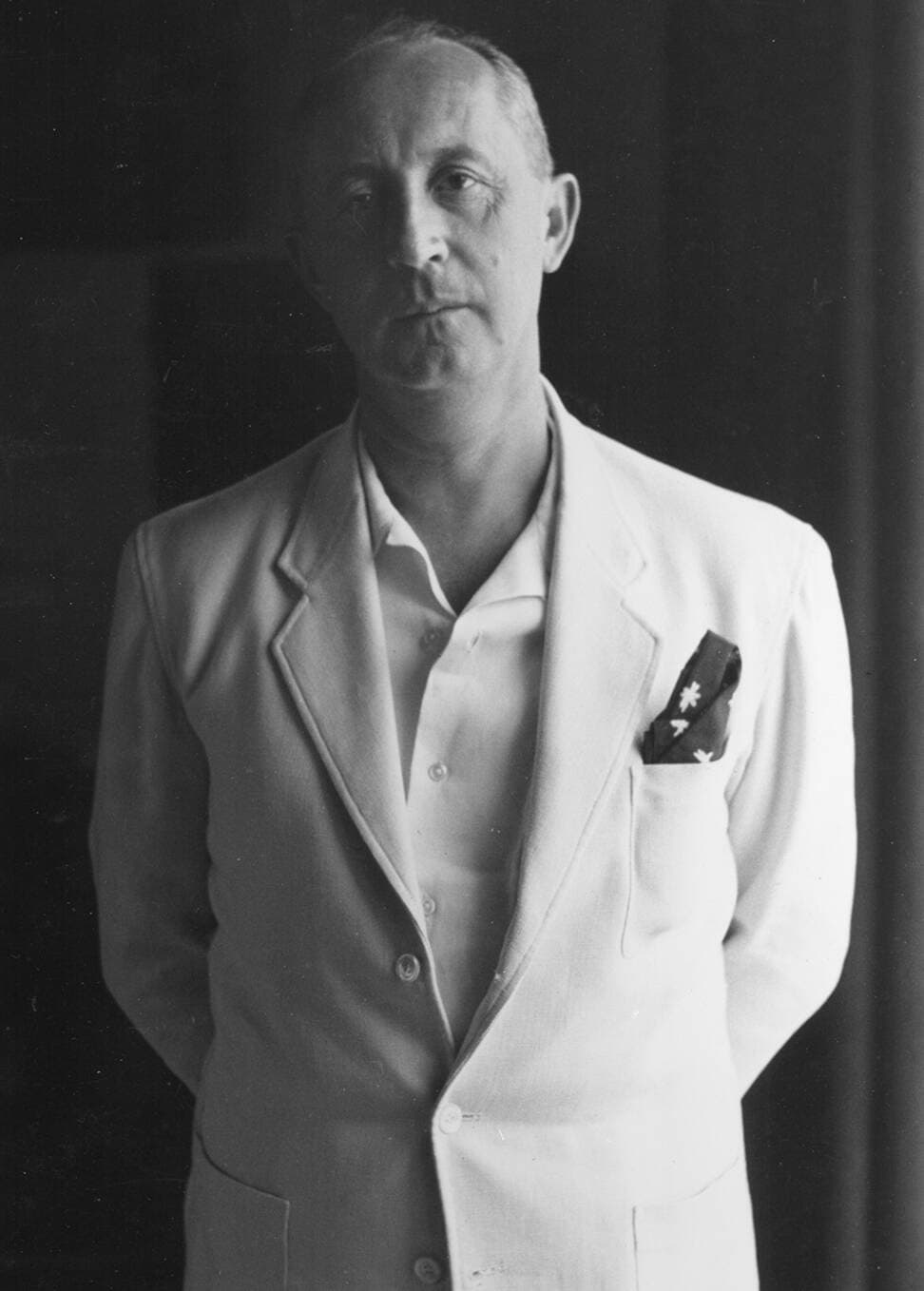
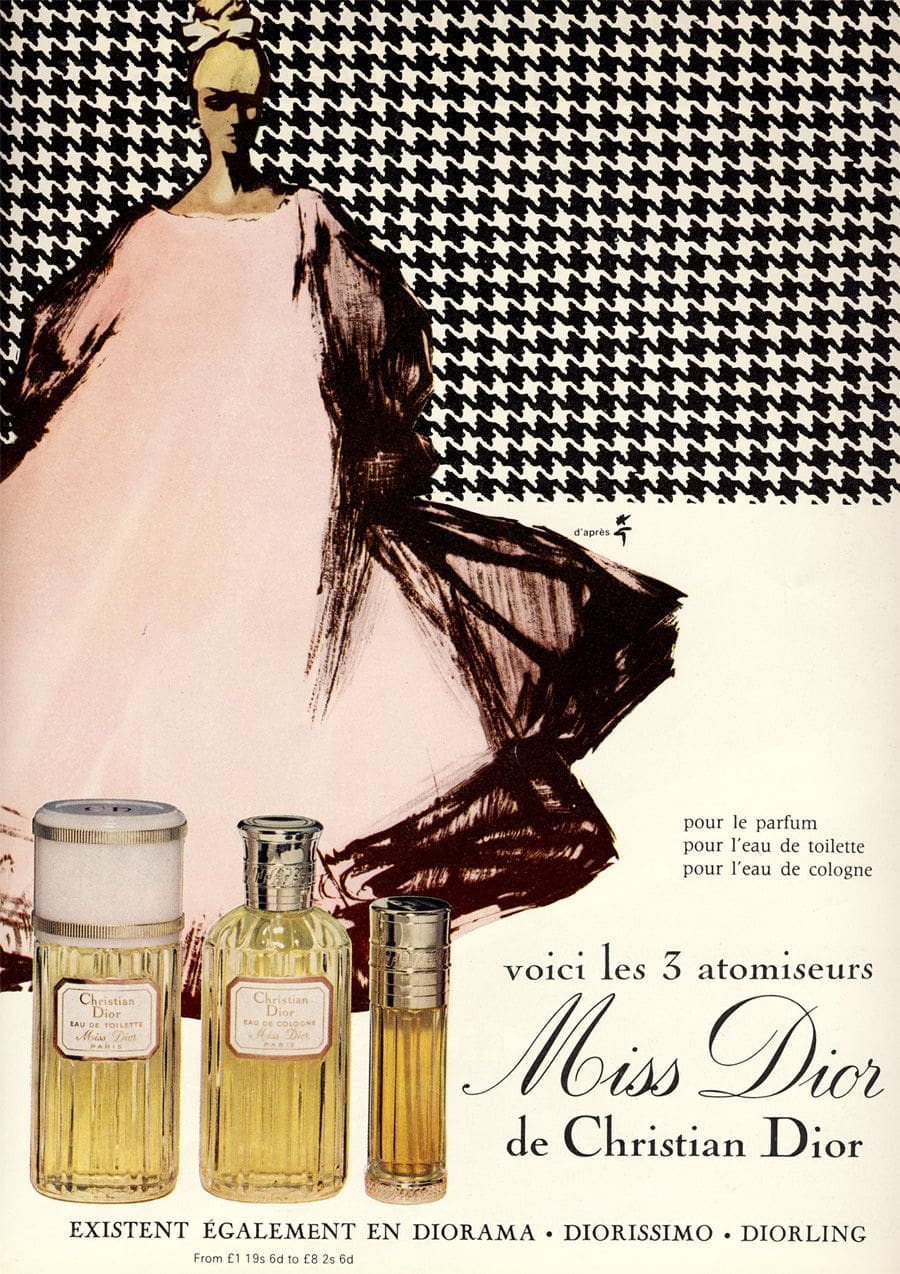
1947, World War II: a dark and dull climate is certainly not an incentive for the creation of something that gives rise to beauty and art; yet, Christian Dior presented, that very year, the “Corolle” collection, made of romantic and feminine dresses. A collection so revolutionary to be defined, by the then director of Harper’s Bazaar magazine, Carmel Snow, with the term “New Look:” together with this line, also the first perfume of the Maison, Miss Dior, made his debut. The designer wanted a fragrance for his fashion show that “tasted like love,” to initiate a new era. The realization of the amphora-shaped perfume bottle wanted to resume the silhouette of the Dior woman, elegant and sinuous.
The name of the perfume is a tribute to the designer’s sister, Catherine Dior, a member of the French resistance who was captured and deported by Nazi troops to a concentration camp, from which she was freed a year later. After being reunited with her brother, the woman started her life again in France selling flowers; showing up by surprise at the designer’s Maison, during a discussion for the upcoming fashion show, she was announced with the phrase: “Ah, here is Miss Dior!”. At that moment, the couturier found the name for the perfume. All the fragrances are still created in the laboratory in Les Fontaines Parfumées, immersed in the flowers that make up the essences, in particular the Centifolia or May Rose, which only in that area grows in its finest variant. The packaging of this fragrance underwent some changes over the years: from the anchor shape, it changed into a more geometric one, the one we know today, and then the bottle was covered with houndstooth, an English fabric, which inspired the designer a lot during his career, while the font was inspired to the invitation cards for the English tea. A perfume that is able to innovate, to change, just like fashion, but without upsetting the basic philosophy that has accompanied it since 1947.
Opium by Yves Saint Laurent
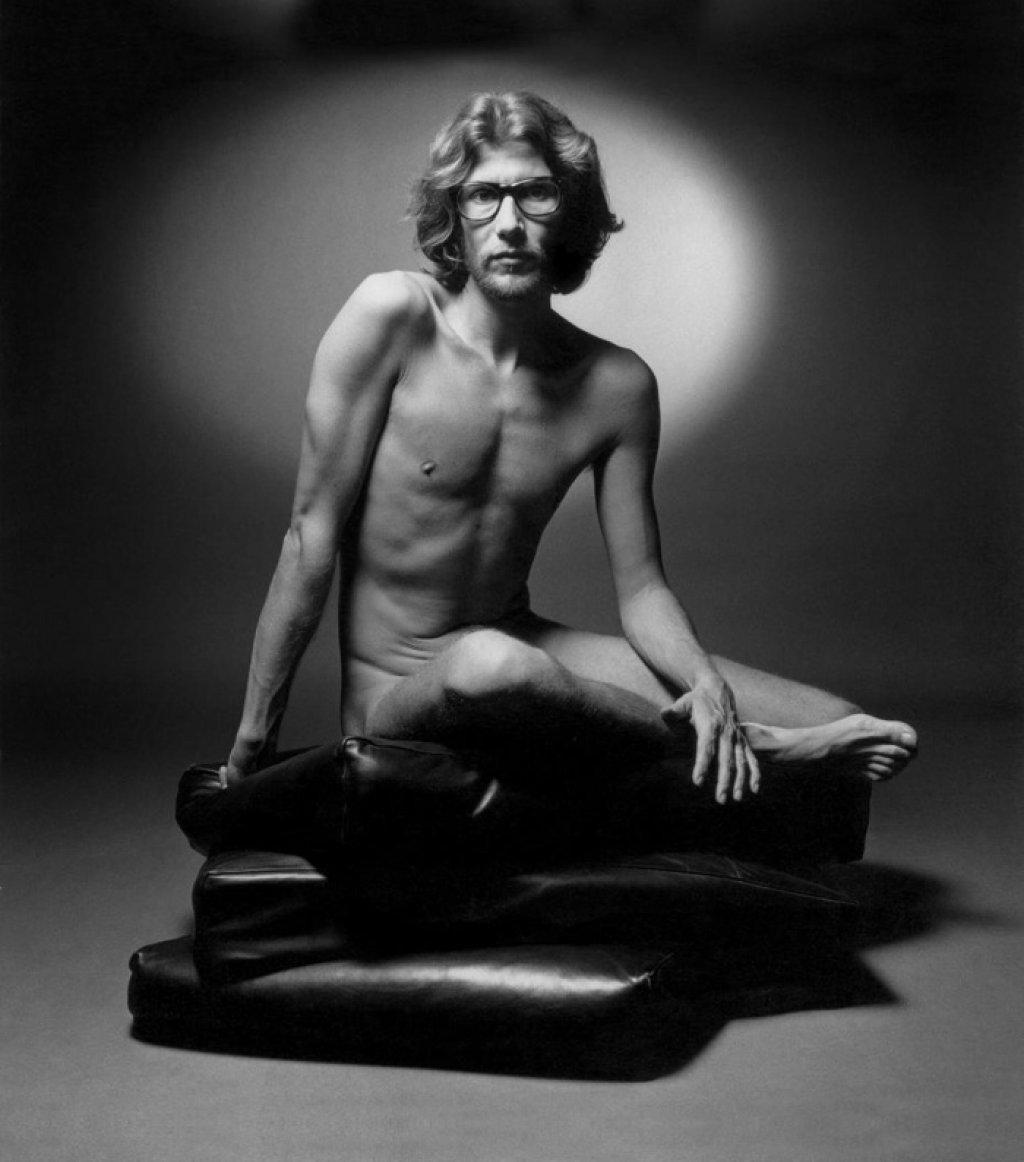
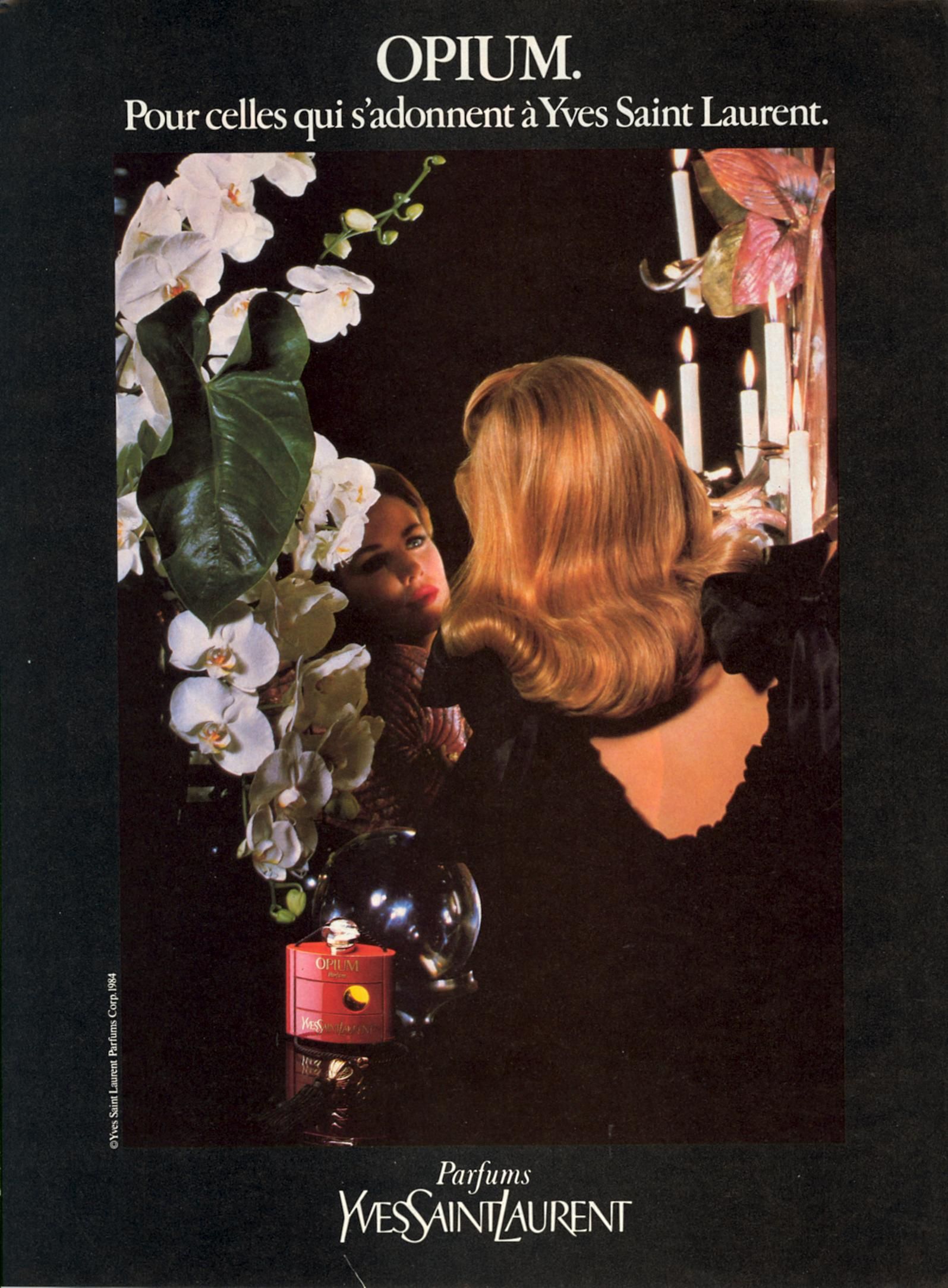
A “difficult” name, which in the 1970s represented more than a gamble, but a real head-scratcher for everyone, everyone except Yves Saint Laurent. In 1976, the Maison decided to create a fragrance with a purpose: to represent the couturier through a perfume which, under Yves’ specifications, should have been a fragrance reminiscent of oriental ones and “addictive,” that no one could go without. The creation and realization of the packaging were quite expansive: the packaging consisted of a glass bottle, a red plastic outer structure, and a rope with a tassel at the end of it. The inspiration came from the Chinese boxes called Inro, decorated precisely with a rope and tassels: not surprisingly, immediately after the first fruity notes, we are transported to the East by the notes of vanilla, amber, sweet myrrh, and patchouli.
The study of colors and materials was meticulous and the designer liked the idea immediately: the same cannot be said for the general managers, who after the name proposed by the designer himself, “Opium,” were even less so. To associate a perfume to drugs, moreover with such a different and “strange” shape, seemed to be the prelude to a financial disaster. In spite of everything, Pierre Bergè, Saint Laurent’s right-hand man and moral supporter, started the sales, trying to carry on a campaign which showed how opium was not actually contained in the perfume and was not in any way associated with it. But the scandals connected to the fragrance and the advertising campaign, which recalled oriental scenarios and atmospheres, proved to be the winning strategy.
Calvin Klein One by Calvin Klein

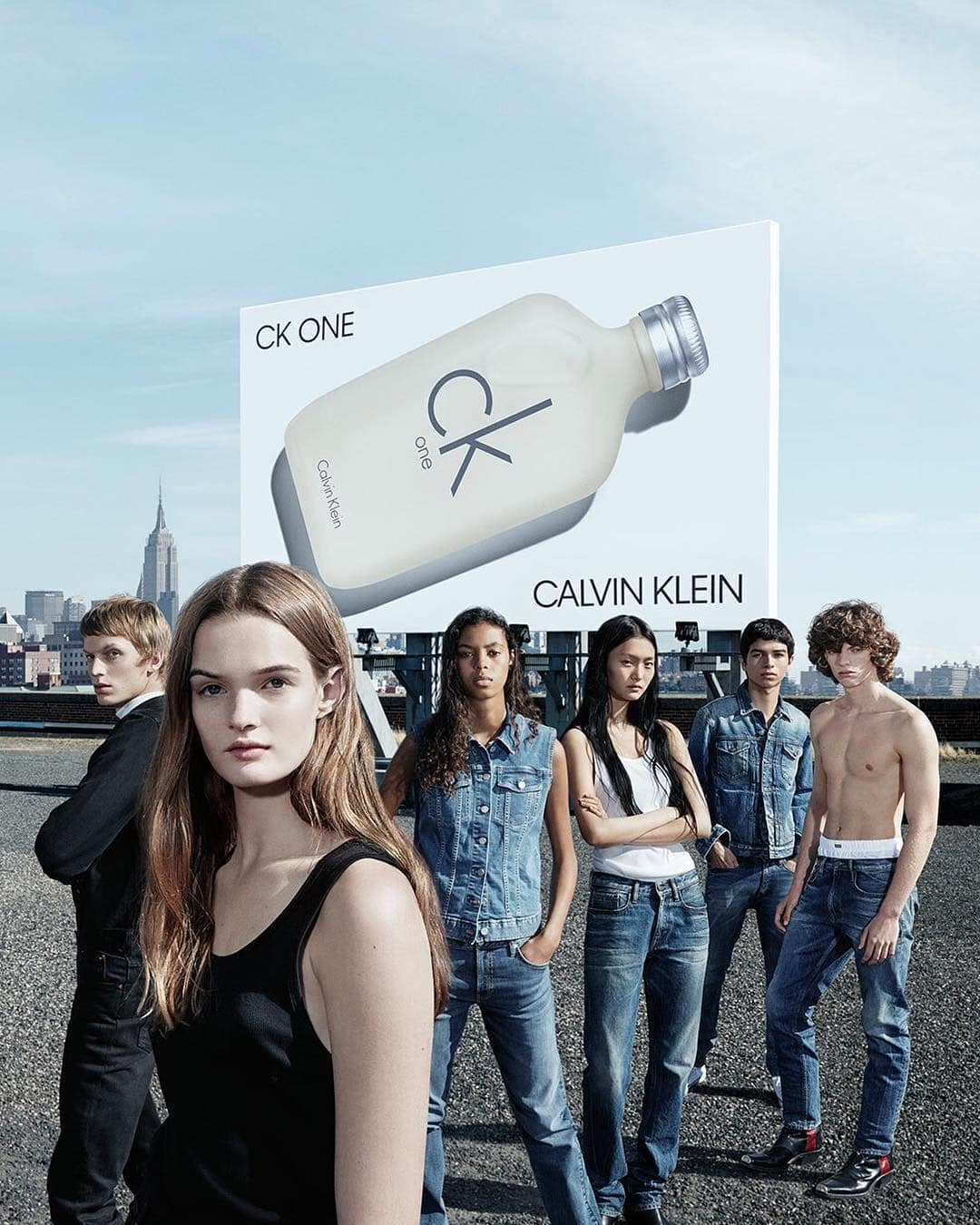
It is perhaps the perfume that has made popular the unisex fragrances from the 90s onwards. On the market since 1994, also known as the “grunge perfume,” it manages, through its essence, to deal with issues that are very current today but that before the 2000s had not yet been cleared through customs, such as gender equality, ecology, sharing, and innovation. In its being, Calvin Klein One represents youth, freshness, everything that is new, then as well as now.
The bottle is almost androgynous, in opaque white glass, neither overtly feminine nor masculine and in the image and likeness of the new models on the catwalk. Fresh, thanks to the notes of mandarin and lemon, accompanied by musk, cedar, and amber that give that sensual combination, capable of making it irresistible. The packaging of the box is minimal and made of recycled paper: no glue is used, but a studied “mechanism” of folds, which make it a product decidedly in line with current green canons. The advertising campaign was also revolutionary, with very different boys and girls jumping, kissing, and hugging each other: a strong message of love for all the new generations. A fragrance only apparently simple, but in reality well studied and constructed.
Roma by Laura Biagiotti
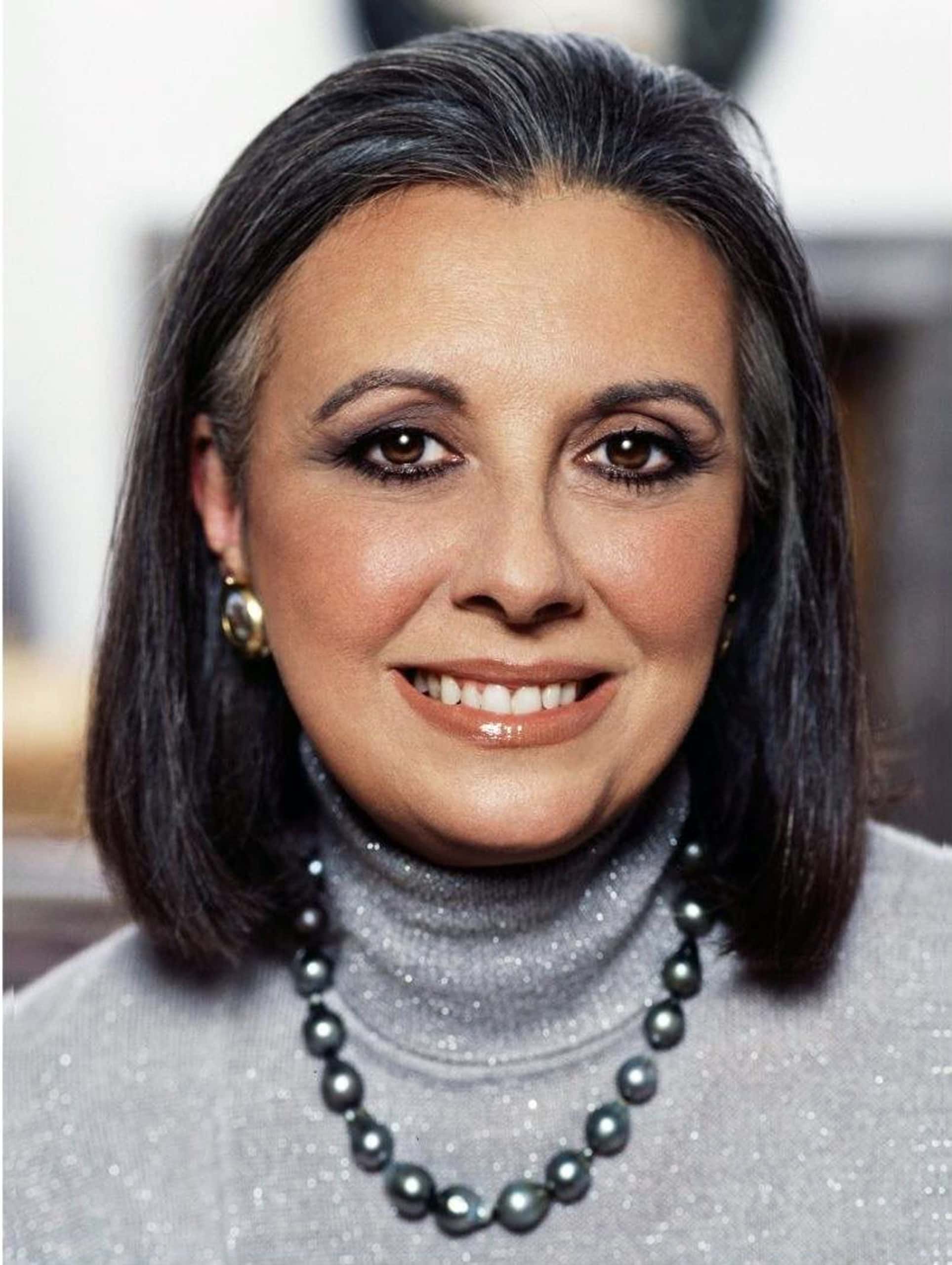
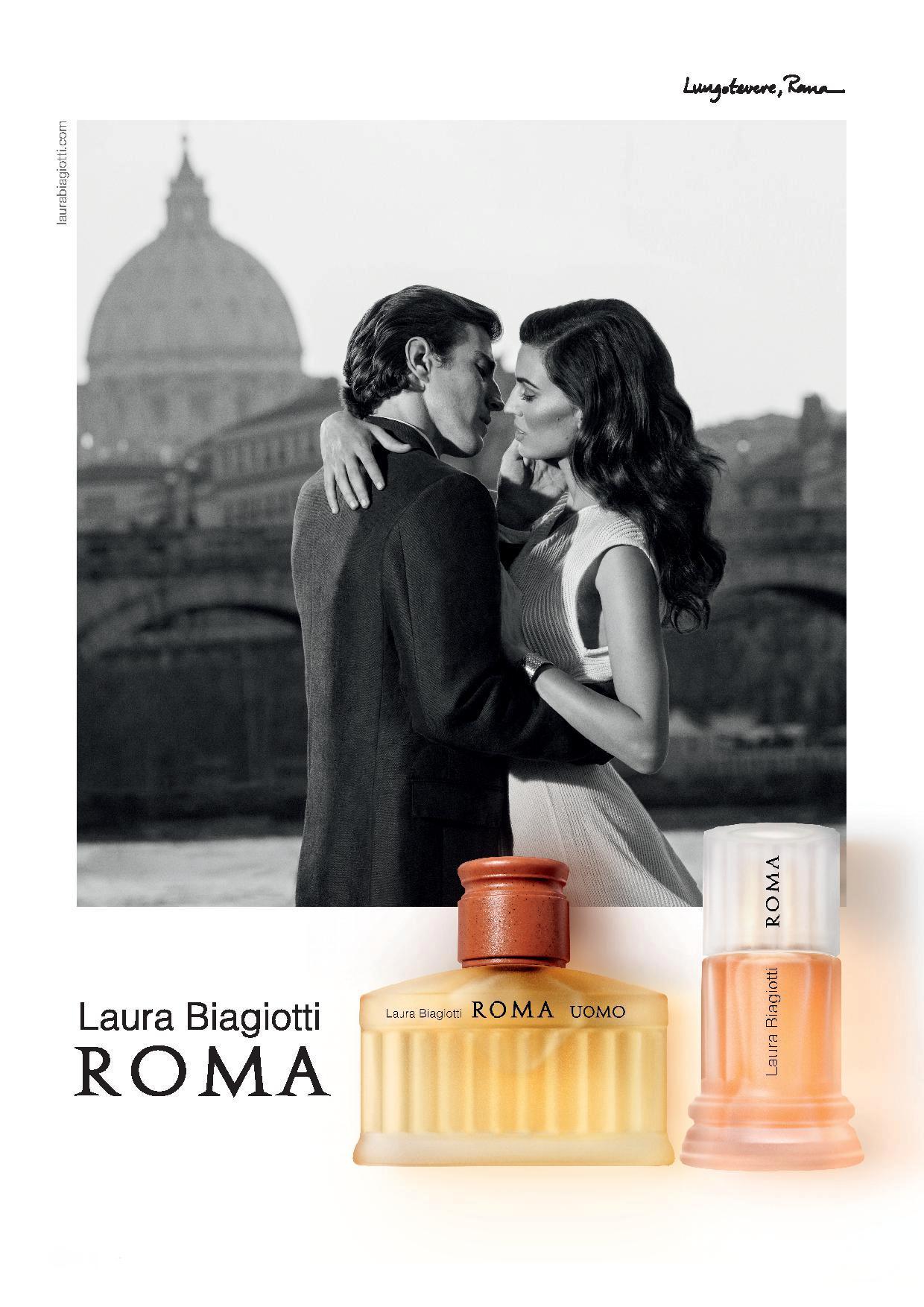
“In the course of the many years of my beloved profession, I have racked my brains to give my perfumes and not only, a recognizability, linked to Italian art and culture, because Made in Italy must be a strong message, unique, irresistible.” As the last fragrance on this list, we cannot fail to mention “Roma” by Laura Biagiotti. An indissoluble bond between the designer and Rome, the eternal city, the same city that has seen the birth of many artists, including her, one of the most famous fashion names in the world.
Born in 1988, this fragrance has since then been present in many different versions but always referring to the original, composed of oriental notes and particularly spicy ones that lean on a base of vanilla, balsamic resins, and musk, which increase its sensuality and refinement; a way to celebrate the Made in Italy, one of the cornerstone concepts of the Maison.
The perfume is sophisticated and rich in nuances, and is available for both men and women: in particular, for the latter, it is refined and sensual, at times sparkling and rich in nuances. The packaging of the female bottle reproduces the Roman columns, while the male one recalls the shape of the Pantheon of Rome, and both are in opaque glass, while on the packaging, there are perfect reproductions of the marble of the columns with lots of veining. Fragrances that enchant, just like the city whose name they are named after.

